Effective Fire Damage Restoration Services
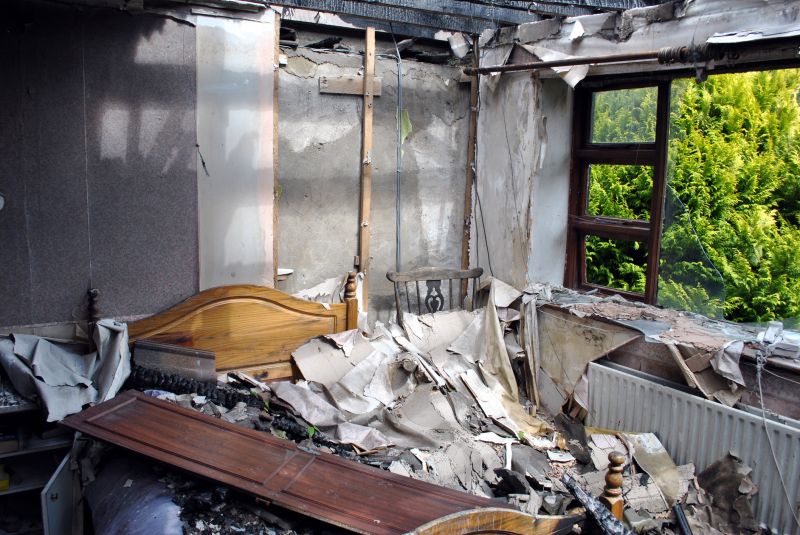
Fire restorations are often most effective after winter, when temperatures are moderate and conditions favor thorough cleanup and repairs.
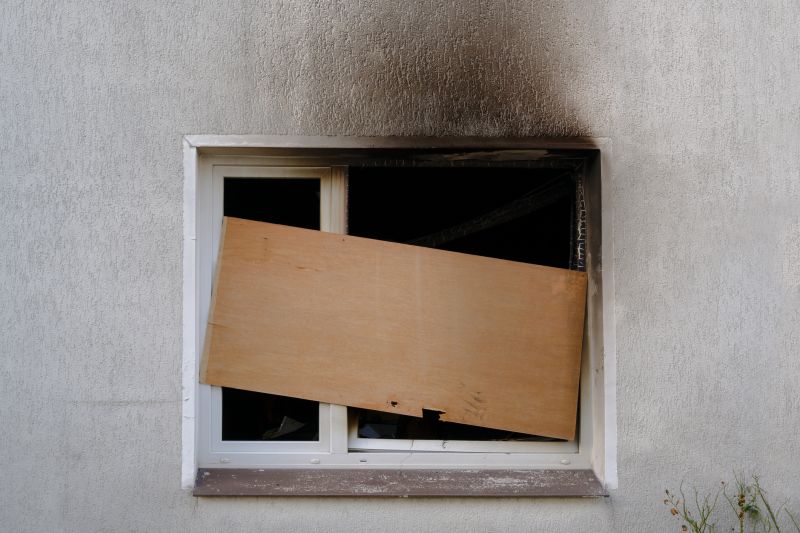
Warmer months provide better access to damaged areas and allow for efficient drying and restoration processes.

Scheduling during periods of low storm activity minimizes delays and complications during restoration work.

Ways to make Fire Restorations work in tight or awkward layouts.
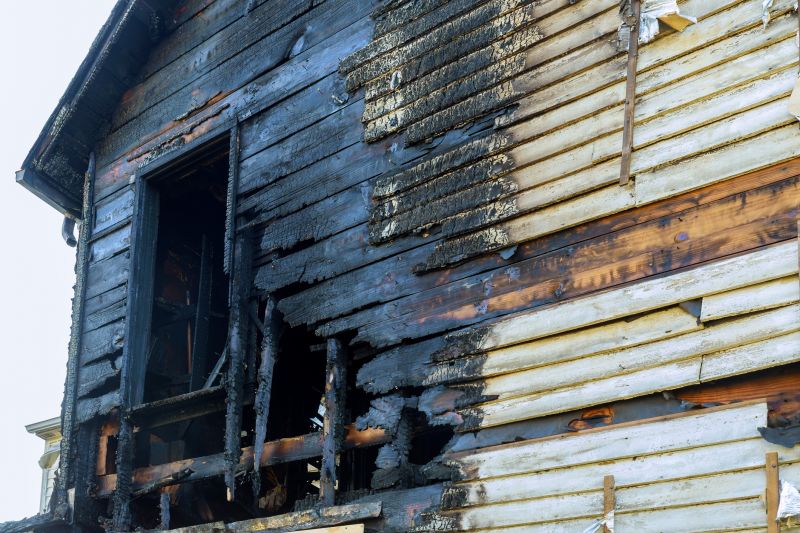
Popular materials for Fire Restorations and why they hold up over time.
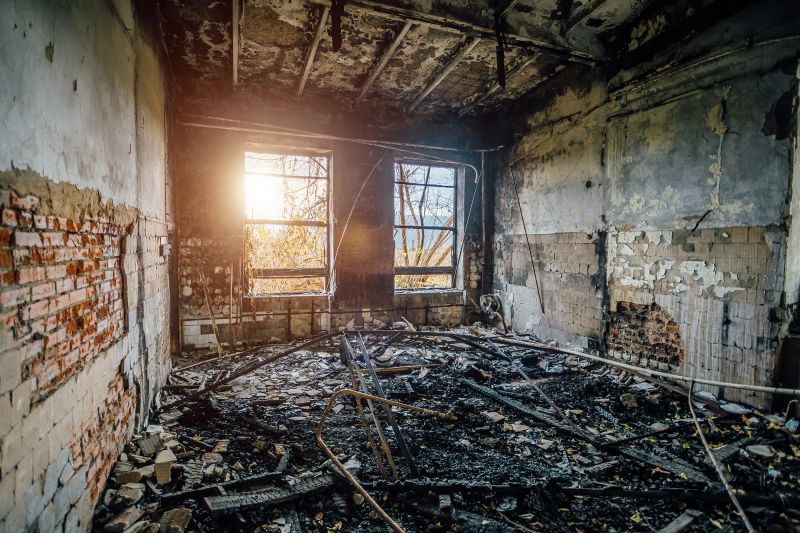
Simple add-ons that improve Fire Restorations without blowing the budget.

High-end options that actually feel worth it for Fire Restorations.
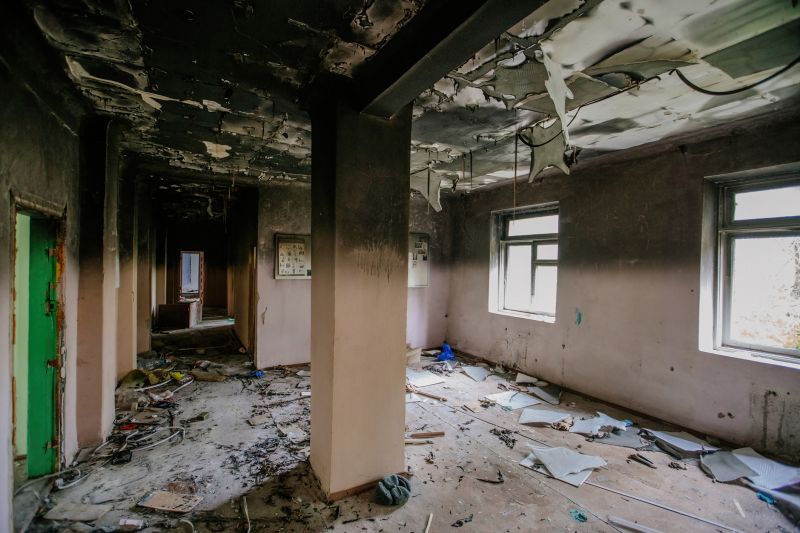
Finishes and colors that play nicely with Fire Restorations.
Fire restorations involve the process of repairing and restoring property after fire damage. This includes cleanup, smoke and soot removal, structural repairs, and odor elimination. Proper timing ensures that restoration efforts are efficient and effective, reducing long-term damage and costs.
Addressing fire damage promptly can prevent further deterioration and mold growth, ensuring a safer environment.
According to recent data, fire damage accounts for billions in property losses annually, emphasizing the need for swift restoration.
Weather conditions, property accessibility, and the extent of damage are key factors in determining the optimal restoration schedule.
The process includes assessment, mitigation, cleaning, repairs, and final inspection, each benefiting from appropriate timing.

Specialized equipment is used to remove soot and smoke residues from surfaces.
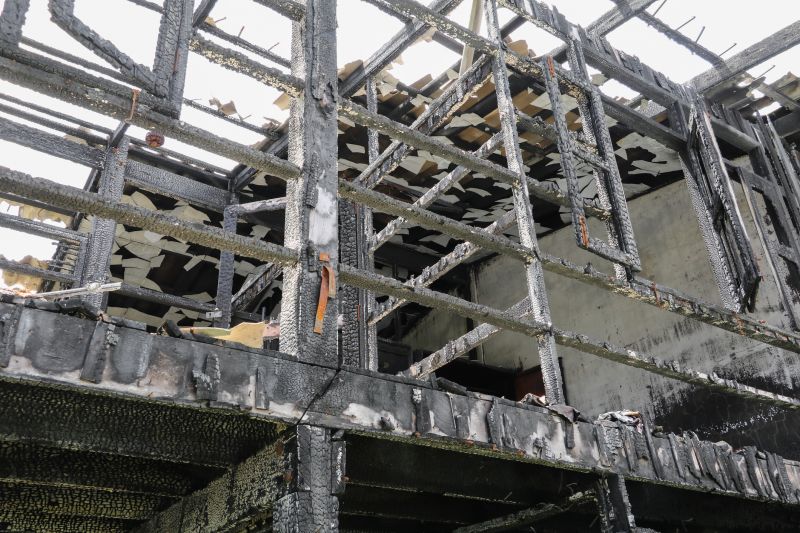
Restoring the integrity of damaged structures is critical and best performed during suitable weather conditions.
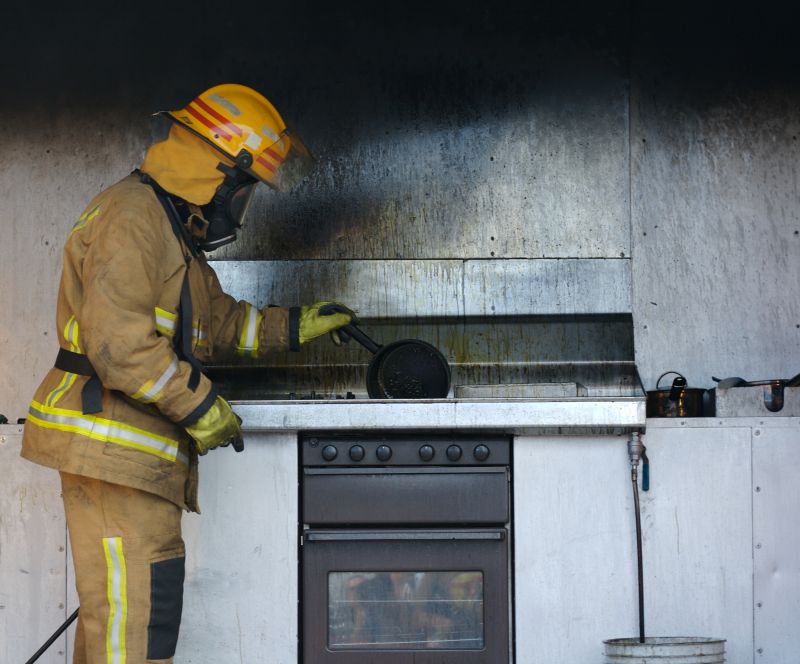
Advanced methods are employed to eliminate persistent smoke odors from indoor environments.

Utilizes high-efficiency air scrubbers and thermal foggers for effective cleanup.
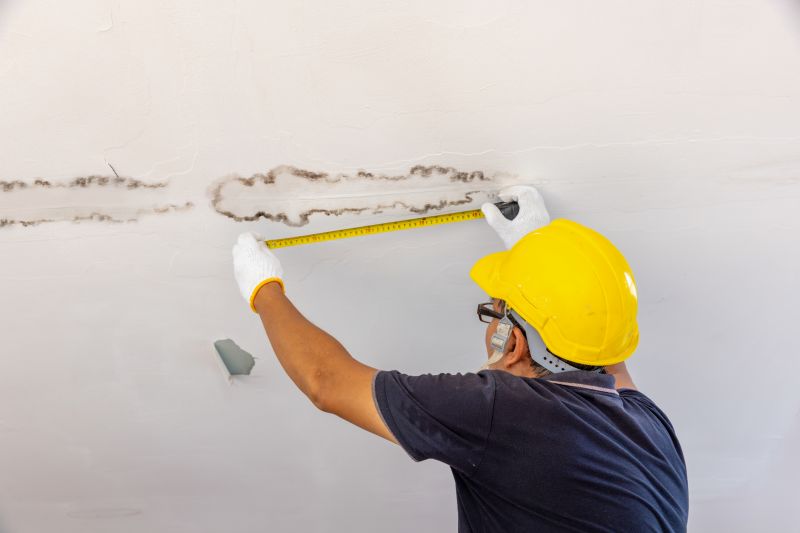
Little measurements that prevent headaches on Fire Restorations day.
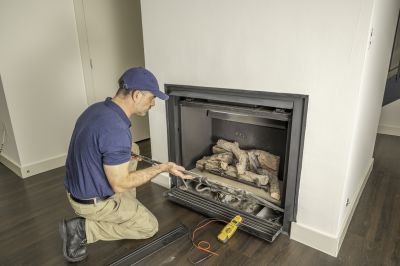
A 60-second routine that keeps Fire Restorations looking new.
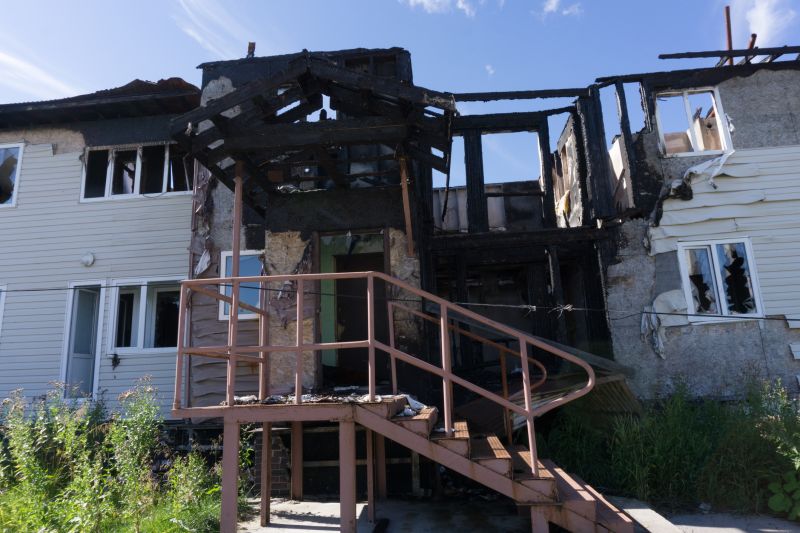
A frequent mistake in Fire Restorations and how to dodge it.
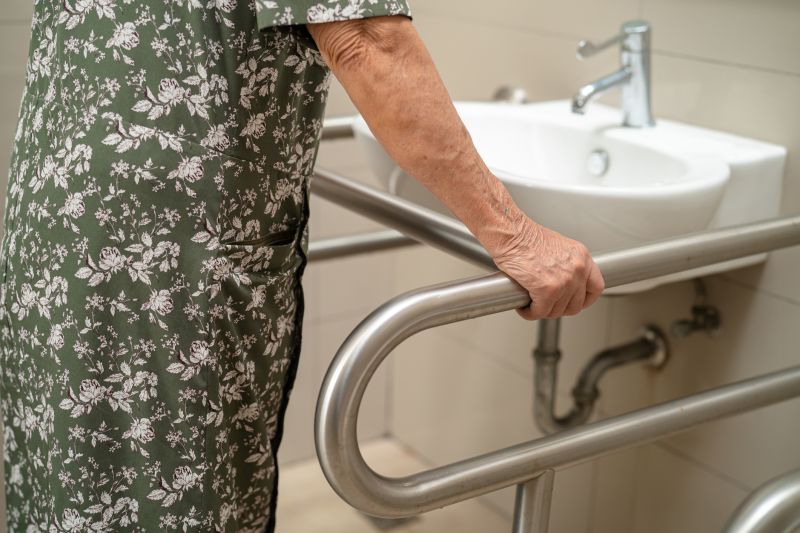
Small tweaks to make Fire Restorations safer and easier to use.
| Season | Advantages |
|---|---|
| Spring | Moderate weather allows for efficient cleanup and repairs. |
| Summer | Longer daylight hours facilitate full restoration work. |
| Fall | Good weather conditions before winter. |
| Winter | Less activity in some areas, but requires heating considerations. |
Effective fire restorations are crucial for minimizing property loss and health risks. Proper timing, combined with professional assessment and intervention, ensures that damages are addressed promptly and thoroughly. Understanding seasonal factors can help property owners plan restorations to achieve optimal results.
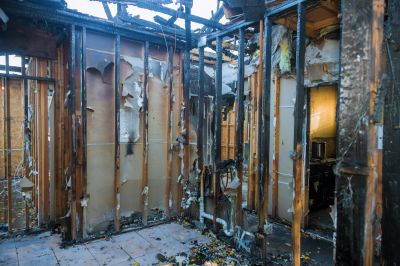
Initial inspection determines the extent of damage and necessary restoration steps.

Specialized cleaning techniques restore surfaces affected by smoke.

Rebuilding and repairing damaged frameworks to restore safety.
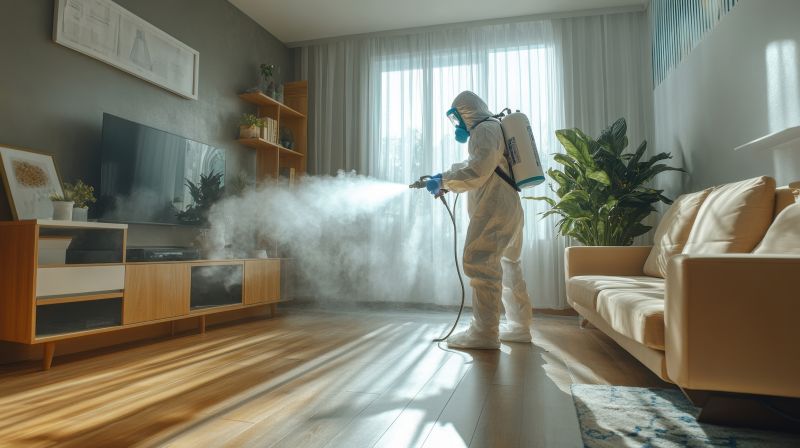
Techniques like thermal fogging eliminate lingering smoke odors.
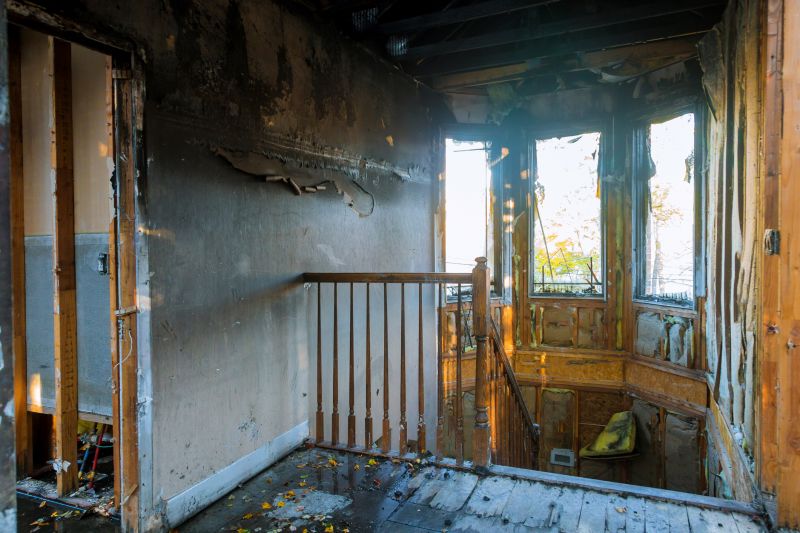
Lower-waste or water-saving choices for Fire Restorations.
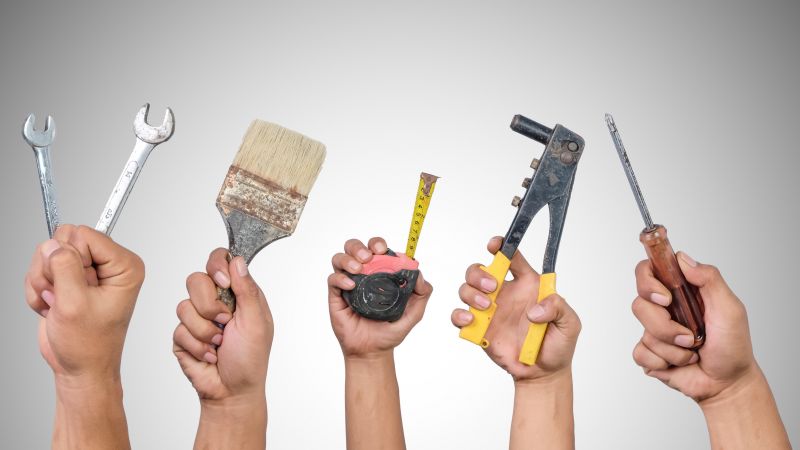
The short, realistic tool list for quality Fire Restorations.
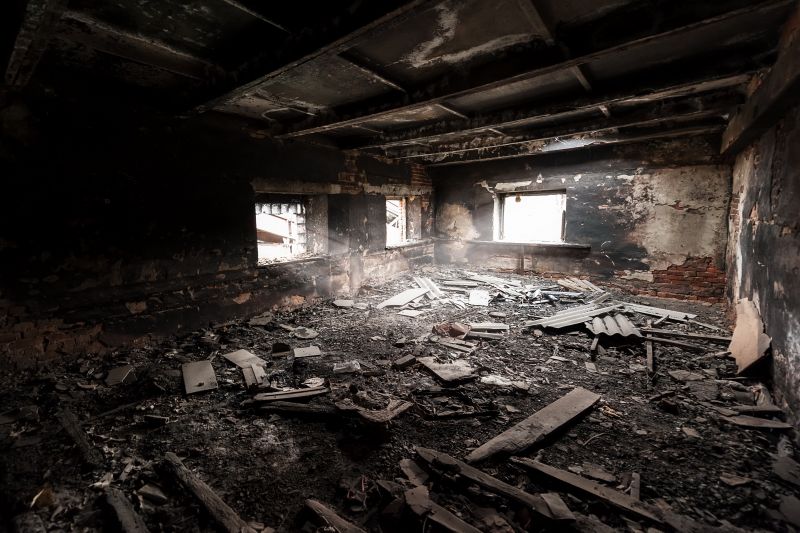
Rough timing from prep to clean-up for Fire Restorations.

Quick checks and paperwork to keep after Fire Restorations.
Expert services are available to restore property efficiently and effectively.
